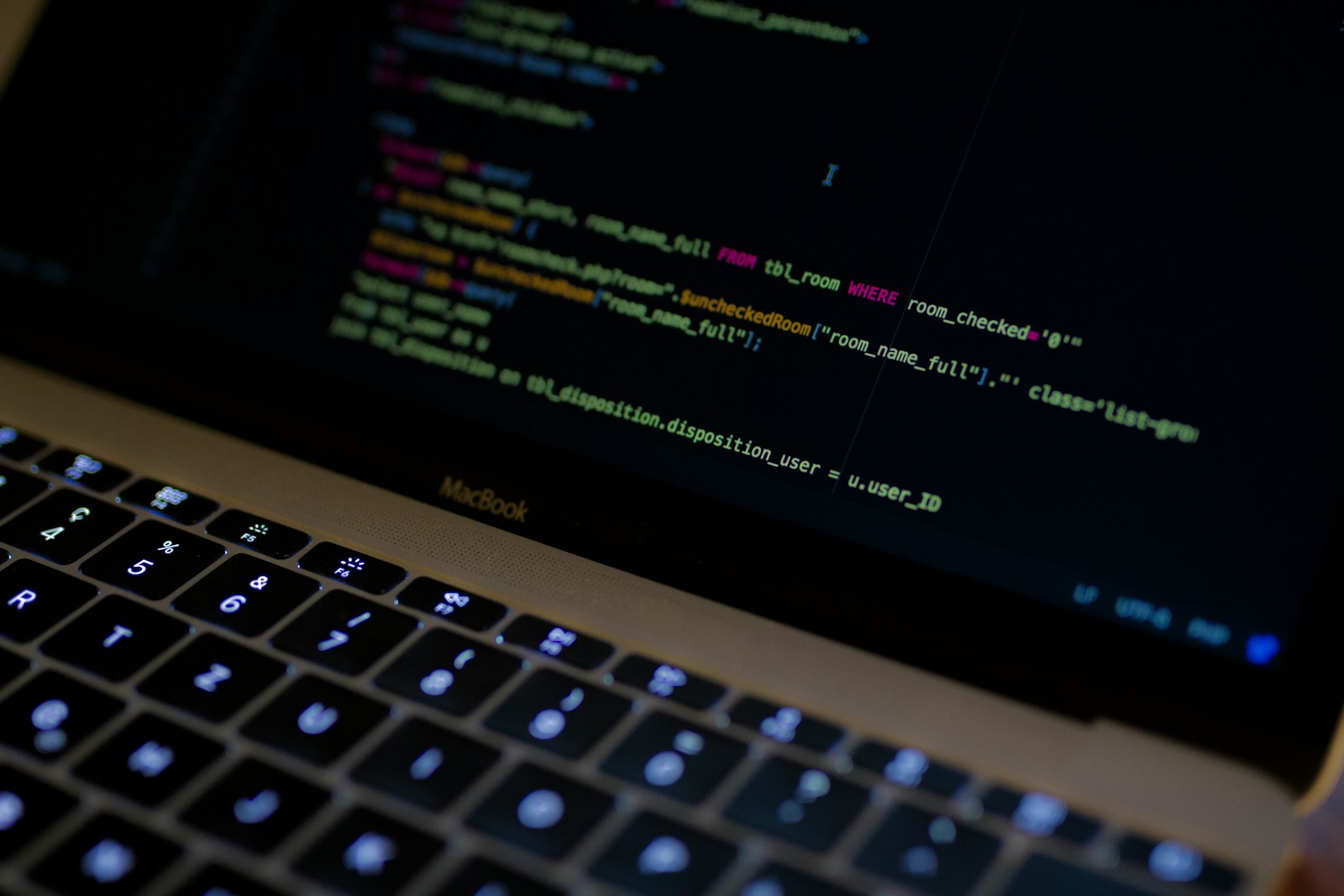An Introduction to Cursor AI
No one knows the name of the first coder who wrote a fledgling line of artificial intelligence programming that paved the way for systems like Cursor AI. You might grow up to create groundbreaking innovations, but the engineers developing AI don’t have to be visionaries—they just need to be pretty good at their craft.
And that’s the fascinating thing about how technology continues to shape our lives.
The founders of many AI startups aren’t technological savants. Most of them aren’t even particularly innovative thinkers. The same is true of their leadership or corporate foresight. What matters most is a commitment to the possibilities the tech enables: showing up, iterating, and staying focused long enough to let the AI evolve.
As Kevin Kelly once noted, technology often behaves like a new species—a symbiotic force progressing towards its own goals by working through us. And this perspective holds true with tools like Cursor AI.
What Is Cursor AI and Why Does It Matter?
Cursor AI represents just one of many tools leading the next wave of technology innovation. At its essence, Cursor AI is a code-centric AI assistant designed to make programming faster, smoother, and more intuitive. Whether you’re debugging complex systems or brainstorming code solutions, Cursor AI stands ready to work alongside you as your collaborative thinking partner.
Its promise isn’t about replacing programmers but amplifying their ability to get things done. Just as a skilled midwife brings stability and expert care to a birth process, tools like Cursor AI bring precision and acceleration to code development without demanding unwavering genius from those who leverage it.
The Core Functions of Cursor AI
Cursor AI isn’t an all-knowing entity—far from it. But what it excels at are tasks that enable programmers to push the boundaries of creativity without getting bogged down in tedium. Here are a few key things Cursor AI does exceptionally well:
1. Code Autocompletion
Similar to how predictive text works when you’re typing a message, Cursor AI helps by completing lines of code. With it, you aren’t just typing faster—you’re eliminating typos, syntax errors, and minor logic mistakes that can disrupt workflow.
2. Debugging Support
Cursor AI doesn’t just identify bugs; it highlights possible solutions. It shortens the feedback loop, which is critical in saving developers time and energy during complex debugging processes.
3. Learning Through Collaboration
New programmers often face steep learning curves. Cursor AI doubles as a mentor, helping highlight best practices and offering suggestion paths that naturally explain why certain code works better than alternatives.
Why Cursor AI Isn’t About Genius
The genius of Cursor AI lies, ironically, in enabling humans to focus less on genius and more on getting things done.
Implementing AI like Cursor in a team isn’t about finding once-in-a-generation talent. Instead, it’s about leveraging technology to elevate the work of good, skilled developers who show up, iterate, and refine over time.
It’s a tool that aligns with the simplest yet most profound human skill—our ability to persist and learn from experience. And like so many innovations before it, Cursor AI leverages this persistence to amplify results.
The Larger Implications of Tools Like Cursor AI
Tools like Cursor AI are not just about making coding faster—they’re about fundamentally shifting the dynamics of creation. Programming is no longer the exclusive domain of elite coders. With Cursor AI, the barrier to entry drops dramatically, letting more people explore development without feeling overwhelmed or unqualified.
This democratization might not make Cursor AI the “final product” of transformation in tech, but it’s undeniably one of the midwives delivering a better technological future into the world.
“`
